The Perils of Dingleberries
Got a furry friend with a case of the "dingleberries?" It's not a new fruit or leash accessory. Dingleberries are the tiny balls of poop that cling to your dog's fur, and they can be a real pain in the butt. Literally.
As a loving dog parent, you're probably used to all sorts of schmutz, muddy paws, slobber kisses, the occasional barf. Cleaning up is part of the pet gig. Scooping up poop and slinging the bag of poo onto your trusty dooloop on walks is a small price to pay for the unconditional friendship your dog(s) give you.
But discovering your dog has tiny dried brown nuggets or twiggy things (“dingleberries") hiding under their tail is especially embarrassing when discovered by your veterinarian or a friend when your pooch wags hello. The knee jerk reaction is to grab a paper towel and snatch. But don't just pluck those berries! It will likely hurt your dog and you might get nipped – making a shitty situation even shittier.
What's the best way to take care of these unpleasant danglies?
So, what exactly is a dingleberry?
According to popular lore, the term comes from the old English word "dingle," which means "hanging." The word "berries" was added as a playful nod to the fact that they resemble little round fruits. So, in essence, dingleberries are little bits of poo that hang from your pup's butt like berries on a vine. Charming, no? Poop is a cute word for feces, so why not have a name that makes a poopy butt a little easier to talk about?
Dingleberries are a common issue among long-furred or fuzzy dogs, but even short-furred dogs can suffer from them, particularly if they are dealing with a loose stool.
These little bits of feces that get stuck in your dog's fur aren’t (usually) harmful to your pup if they fall out on their own or your dog attends them through self-grooming. But they can become a bit gross and uncomfortable if they hang in there for long. If your dog is particularly furry, you may not notice the little bits hanging until they’ve dried onto their furry pantaloons. And a tiny dingleberry can turn into a bigger dingleberry if it gathers more poop over time.
Dingleberries have a cute-sounding name, but heavy matting around the rear of your longhaired pet, whether a dog or cat, can actually become life-threatening by causing an obstruction that prevents your pet from pooping. Gross huh? This condition has a name that’s nowhere near as charming. Pseudocoprostasis, more commonly known as a “fecal mat,” usually requires veterinary attention.
Don’t pluck ‘em! How to gently clean up those dingleberries
Let's get down to business. How do you gently harvest and discard those dingleberries? It's not a particular pleasant task, but it's necessary for your pup's comfort and hygiene. You might be tempted to just grab and yank off those little dried fruits, but resist this quick “fix.” It’s bound to hurt your dog, and you’ll make them shy of you poking around under their tail in the future. No one enjoys anything yanking at the hair in their tender private parts. You could even get nipped or scratched if you startle or hurt your dog. Ripping the Band-Aid off isn’t the best option in this situation.
First, carefully trim any hair that's matted or tangled around the affected area. This may get rid of the worst of those little danglies. If you want to retain your pup’s cute butt fluff and don’t want to cut chunks out of it, use a pair of gloves and a damp cloth to soak and gently wipe away the dingleberries. If they are particularly stubborn, a sit-down bath in warm water and fanny foam with dog-safe shampoo can help loosen things up. You may want to take advantage of the situation by giving your dog an all-over bath so they emerge clean and sweet-smelling from nose to tail.
If dingleberries grew like weeds without you noticing and have developed into severe matting (or worst-case, have resulted in maggots hatching from eggs flies left in the mess), you’ll likely find that you need to make a trip to the veterinarian to have them carefully cut out with clippers, especially if your dog’s rear end has gotten damp and irritated. Don’t wait if you notice that a small crop of dingleberries has rapidly combined into one big mat. Your pet poops one to three times a day, and the situation will escalate rapidly into a smelly, painful problem that a bath at home could make worse rather than better.
Prevent dingleberries from growing by keeping that fanny-fuzz neat
Of course, the best way to deal with dingleberries is to prevent them from happening in the first place. Here are some tips to keep your pup's butt clean and dingleberry-free:
- They call it a “sanitary trim” for a reason. By keeping the fur around your pup’s little butthole short, you can help prevent dingleberries from forming. Ask your groomer to trim this area shorter than usual if this is a regular problem for your pup.
- Wipe after potty breaks. After your dog does their business, wipe their butt with a damp cloth or pet wipe to remove any small bits of poop that are hanging on.
- Feed good food! A high-quality diet can help regulate your dog's digestion and prevent loose stools.
- Make sure your dog has access to plenty of clean water. Proper hydration is essential for healthy bowel movements.
- Regular grooming, including brushing and bathing, can help prevent mats and tangles that can trap feces. Set a schedule for visits to the groomer if your dog’s coat is too much for you to keep ahead of, or you have a non-shedding dog who really needs a monthly haircut.
- If your dog’s stool is extra-soft or they have intermittent diarrhea, take a fecal sample to your veterinarian to test for parasites or schedule an exam to rule out underlying health issues.
Dooloop-duty helps keep you vigilant for dingleberry growth
If you’ve got a dooloop attached to your dog’s leash and you’re regularly picking up their poo when you’re out for a walk instead of turning a blind eye to the piles your pup leaves behind, you’ll also be more aware of what’s happening around your dog’s derriere. If you’re paying attention to where your dog is dropping a deuce, you’ll also notice if it has exited neatly, and whether it’s a healthy, firm poop, or a loose stool that could be making a mess of your dog’s appearance – and possibly their inner health.
Your pup will be far more comfortable and happy if you keep those dingleberries at bay. You’ll also have a much cuter view on your daily walks together, since those fluffy fur pants and that waving tail are trotting right in front of you! Would your dog win a “cutest butt” award? Share a pic with us on Facebook!


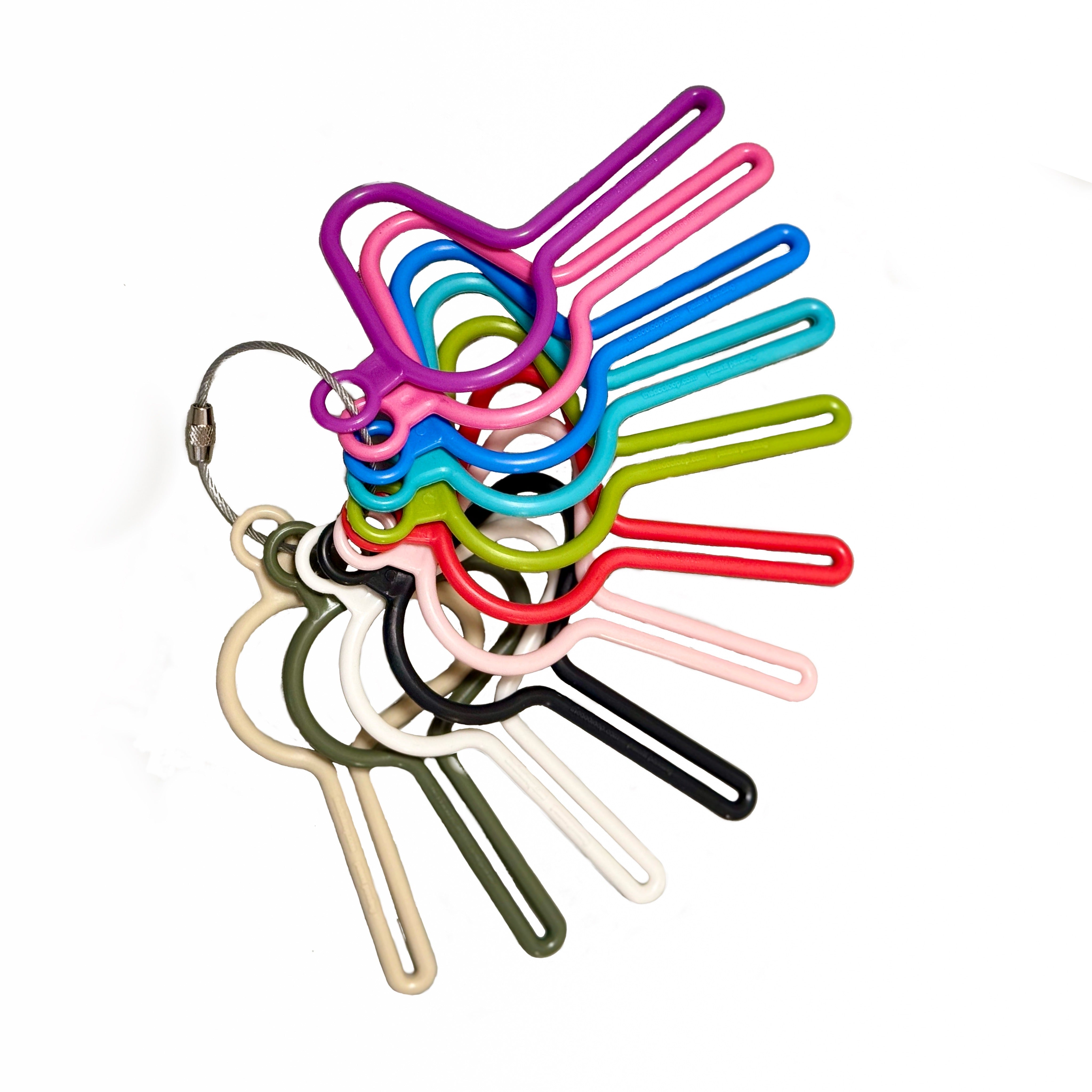
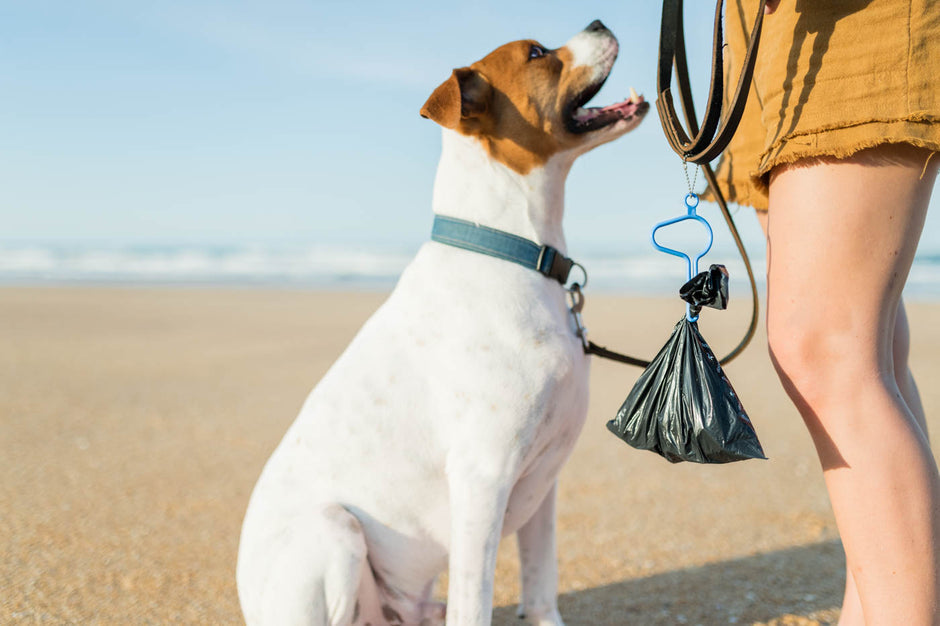
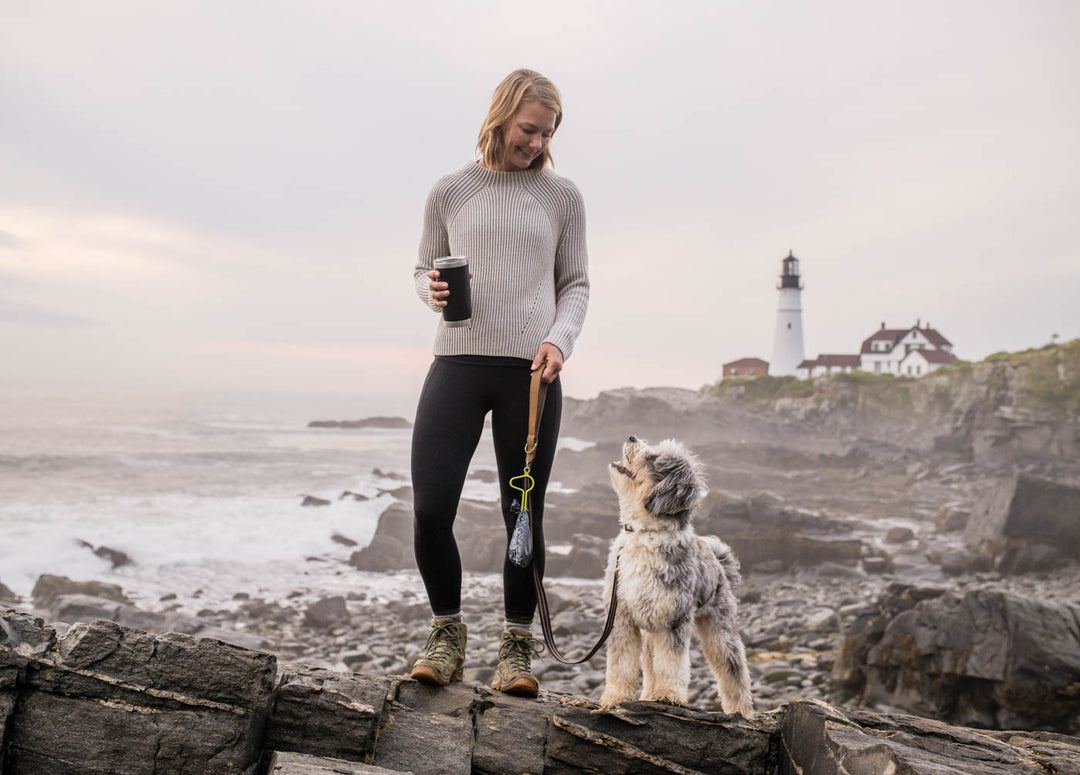
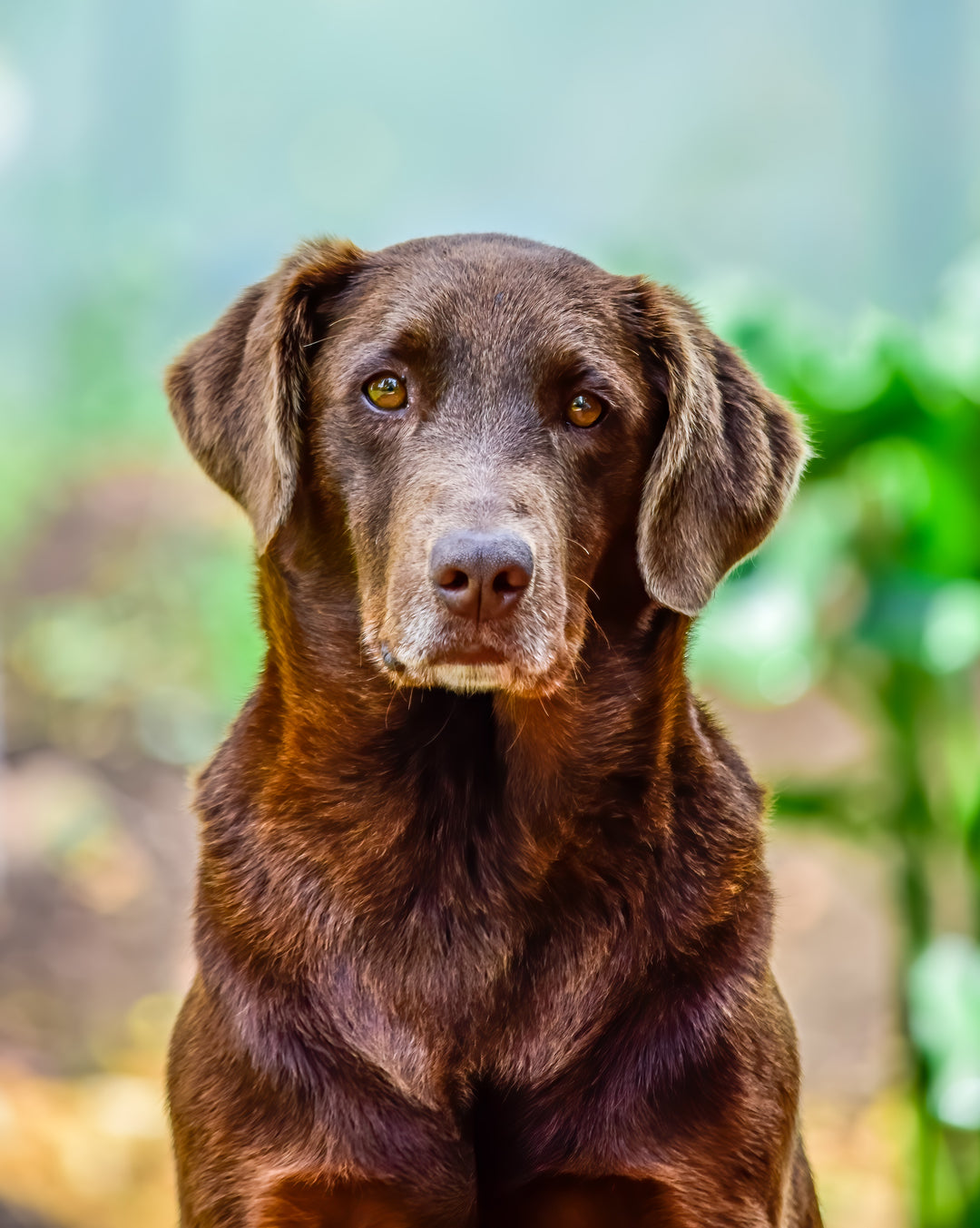
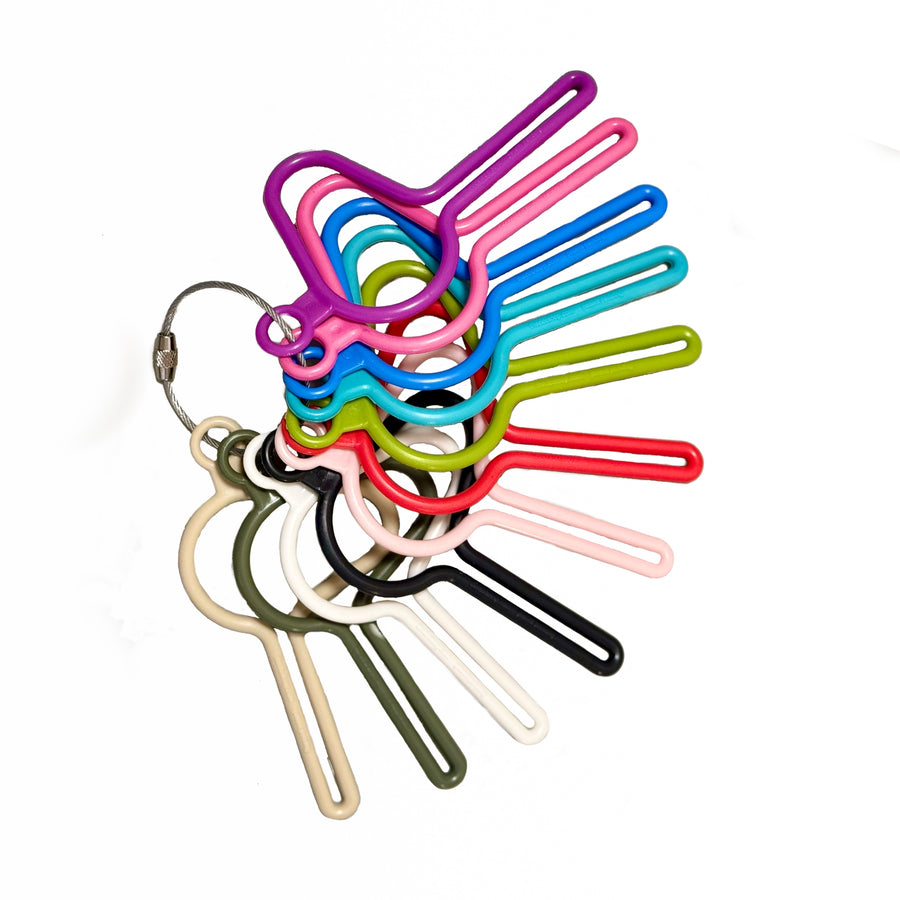
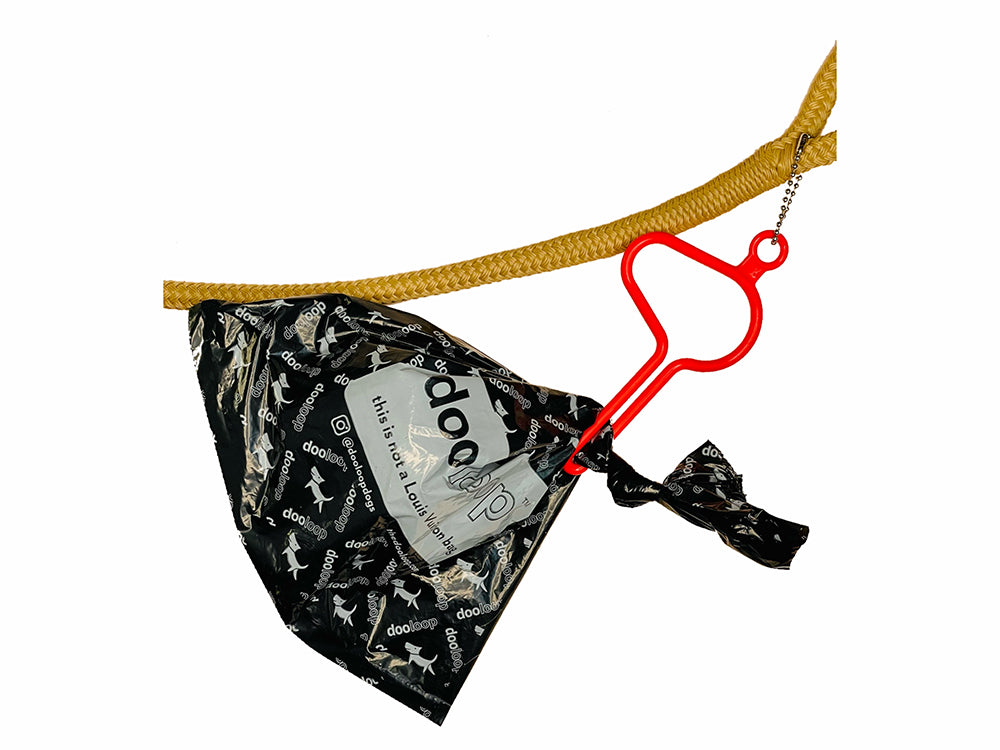
Leave a comment